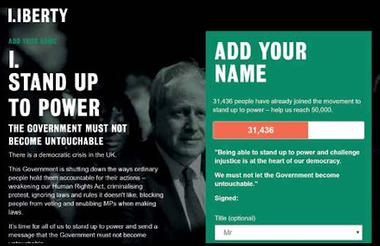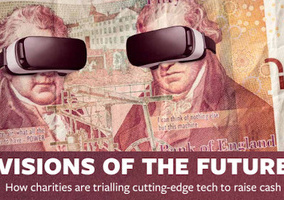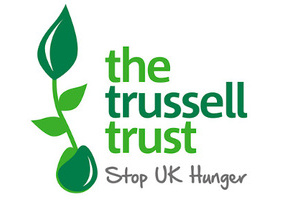Liberty, a human rights organisation, increased the number of members who signed up online by 50% over three years through changing its strategy.
In an article for this month's Fundraising Magazine, published by Civil Society Media, Andrew Taylor-Dawson, development manager at Liberty, explained how a “snowball effect” had led to record increases in its membership, even during the pandemic.
Liberty is an independent membership organisation that campaigns against injustice in the UK. Founded in 1934, it describes itself as “ordinary people standing up to power”.
In 2017 the group began testing and developing its member acquisition strategy.
Taylor-Dawson said the organisation “had been over reliant on external world events and the public persona of the organisation’s director” for years.
Under the new strategy, Liberty experimented with focusing less on an individual and instead focused on creating reactive, up-to-date content.
Now the group primarily focuses on using Facebook and petition platform Care2 to encourage engagement. Taylor-Dawson said: “Running both spreads our risk and means that if one is underperforming, we usually still have good quality leads coming in from the other.”
Lowering membership rates
Liberty sends regular email updates to users who opt in and uses Facebook to broadcast its petitions on Care2. Its current petition is its Resist Facial Recognition campaign, as “it breaches human rights and discriminates towards people of colour”.
The organisation asks members to join for at least £2.50 a month or give a monthly donation of their choice. Supplying this information on Liberty’s petition forms, surveys and non-financial engagements has increased conversion opportunities.
During the start of the pandemic, the group opened the concessionary membership of £1 per month for everyone. All emails and promotional material were replaced, stating the membership is now “from £1 per month”.
It turned out that this helped to draw people in, but did not prevent people from committing to a higher amount, with fewer people opting for the lowest option than expected. The volume of people opting for the concessionary rate remained static. However, it seemed the tactic still helped to draw people in but did not stop them from donating a higher amount.
Taylor-Dawson said: “One of the joys of two-stage digital acquisition is that it allows you to develop your thinking gradually, as you can apply budget in small amounts and then scale up when you have enough information. It allows flexibility and makes the approach accessible to most organisations, big or small.
“The way to build on this is to continually test and refine. The way to build on this is to continually test and refine. We are also exploring new lead acquisition routes as we won’t be able to rely on Facebook forever.”
Taylor-Dawson's in-depth story is published in the latest Fundraising Magazine for February.
Related articles












